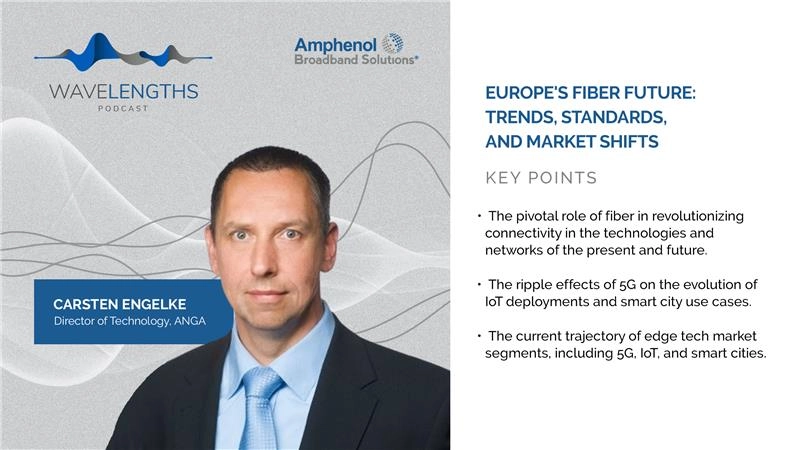Holiday Surprise: Dr. Leemon Baird on Decentralized Recovery and Custody – The Private Key to Mass Adoption
Almost everyone has been subject to multi-factor authentication before, whether it was having to confirm a code sent to your phone or email address or having to answer an additional security question after inputting your password. However, a new form of web security called decentralized recovery and decentralized custody is now on the horizon.
How do decentralized recovery and custody offer security to web users and what makes them different from multi-factor authentication?
On today’s episode of Gossip About Gossip by Hedera, podcast Host and SVP Communications, Swirlds Labs, Zenobia Godschalk, speaks with Dr. Leemon Baird, Co-CEO, Swirlds Labs and Founder and CEO of Swirlds Inc., to discuss how Web3 ledgers and blockchains lack security and what decentralized recovery can do to address this insecurity.
Godschalk and Dr. Baird also discussed…
- How decentralization lacks security via Web3 ledgers and blockchains
- What decentralized recovery and decentralized custody are and their use cases
- The four Internet protocols essential for instilling and recruiting decentralized recovery and custody “helpers”
Dr. Baird explained how decentralized recovery works: “When you have enough helpers, your key—your secret—is shared among all of them in pieces. None of them can see your secret. And any half of them can recover it. That’s decentralized recovery.”
Dr. Leemon Baird is Co-CEO, Swirlds Labs and Founder and CEO of Swirlds Inc. Dr. Baird has served as Founder/CEO of Hedera Hashgraph, Senior Research Scientist for the Academy Center for Cyberspace Research ,and Professor of Computer Science at the United States Air Forcce Academy. He holds a BS in Computer Science from the United States Air Force Academy and a Ph.D. in Computer Science from Carnegie Mellon University.




